Description
Suranjan (Colchicum luteum) Information, Uses and more
Suranjan plant information like botanical information, medicinal properties. Know it’s health benefits and medicinal uses in Unani medicine. Learn about medicinal usage and safety profile like contraindications, dosage and side effects.
Suranjan is Unani name of Colchicum luteum Baker, a type of lily plant with yellow flowers. It is found growing on grassy slopes in the temperate Himalayas, Afghanistan and Turkestan.
The corm or rhizome of plant is used for therapeutic purpose. It is traditionally used for headache, gout, rheumatism, diseases of the liver and spleen. In Afghanistan, the roots were used in preparation of a medicine Harantutiha.

Types of Suranjan
There are two varieties of Suranjan available in the market, Sweet and Bitter. The bitter variety contains alkaloid Colchicine in fairly large amount whereas Sweet variety contains traces of this alkaloid in physiologically inactive form. Both varieties are pain relieving, anti-gout, anti-rheumatic, purgative and emetic.
- Suranjan Talkh (Bitter variety)
- Suranjan Shirin (Sweet variety)
Suranjan Talkh, is differentiated from Suranjan Shireen by its bitter taste, smaller size, and darker colour. Suranjan Talkh is preferred for external use in gout whereas Suranjan Shireen (Meetha Suranjan) is used for internal purpose. Suranjan is indicated in arthritis, gout, rheumatism, and constipation.
Suranjan is included in list of poisonous plants of India. It must be used with caution. It is toxic plant due to presence of from several alkaloids (mainly colchicine, demecolcine and colchicoside), which are present in all plant parts.
Alkaloid Colchicine
The alkaloid, Colchicine present in the form of bitter variety of Colchicum luteum and Colchicum autumnale, is an amorphous, yellowish-white alkaloid, which darkens on exposure to light and gives a yellow coloration with strong mineral acids. It is a weak base and readily dissolves in water, alcohol or chloroform but is only slightly soluble in ether or petroleum spirit.
Colchicine is effective in treatment of gout and periodic diseases though the exact mechanism of action by which it works is not known. This phytochemical has anti-gout and anti-inflammatory activities. It can be used as an option to relieve gout attacks for people who cannot take nonsteroidal anti-inflammatory drugs (NSAIDs) for some reason. Colchicine is considered best remedies for acute gout pain. Colchicine is frequently prescribed in tablet form and transdermal preparations containing colchicine are the subject of a Japanese patent. It is available in Homeopathy as tincture.
General Information
Suranjan is the conical or gibbously avoid corm of Colchicum luteum Baker. The corm is enlarged underground stem bearing foliage leaves, sheathing leaves and fibrous roots. It is off white to brownish white in colour. The corm is flattened on one side and the other side has a longitudinal groove in the middle extending throughout the length. The apex is marked by dark depression representing the position of flowering shoot and a prominent dark brown scar at the base, marking the point of attachment with parent corm. The smooth surface is marked by indefinite and irregular longitudinal striations. The corm is nearly odourless with bitter and starchy taste. Cross section of corm shows the single layered epidermis which consists of rectangular to squarish, slightly thick walled parenchymatous cells filled with starch granules and coated with thick cuticle. Cells of ground tissue are polygonal to oval to spherical, slightly thick walled, compact and filled with starch granules.
Starch granules are simple spherical and are of 4.5-23.0 μ in size but usually compounded with 2-4 or more components which are often muller shaped. A well marked central hilum, which is irregularly oval in smaller granules and triangular to sttelate in larger granules. Vascular bundles are numerous conjoint, collateral or bi-collateral and scattered in the ground tissue.
Leaves are few, lorate, linear-oblong or oblanceolate, obtuse, appearing with the flowers, short at flowering time, at fruiting IS-3~ em. by 8-13 mm., tip rounded.
Flowering takes place in spring. Flowers are 1-2, 2.5-3.8 cm. diameter when expanded. perianth golden yellow, tube 7.5-10 em., segments oblong or oblanceolate, obtuse, many-nerved. Stamens shorter than the perianth. Filaments very much shorter than the long yellow anthers. Style filiform, much longer than the perianth. Capsule 2.5·3.8 cm.
Scientific Classification
The botanical name of Suranjan is Colchicum luteum. It belongs to plant family Liliaceae. The genus derives its name from Colchis on the Black Sea, one of the places where this plant is found. The drug was recommended in Arabian writings for use in gout.
Below is given taxonomical classification of plant.
- Kingdom: Plantae – Plants
- Subkingdom: Tracheobionta – Vascular plants
- Superdivision: Spermatophyta – Seed plants
- Division: Magnoliophyta – Flowering plants
- Class: Liliopsida – Monocotyledons
- Subclass: Liliidae
- Order: Liliales
- Family: Liliaceae – Lily family
- Genus: Colchicum L. – colchicum
- Species: Colchicum luteum L. – Suranjan
- Species: Colchicum autumnale L. – autumn crocus
Colchicum autumnale, a flowering plant commonly known as autumn crocus, meadow saffron or naked lady, is found wild in Europe and Africa, and cultivated in North America is used in West for medicinal purpose. Alkaloid Colchicine is prepared from dried corms and seeds of Colchicum autumnale and used for gout.
This plant species grows as weed in Europe but it is not found in India. Colchicum luteum, which is found in Himalaya is a good substitute of this plant.
German Commission E monograph recognized the efficacy of Colchicum autumnale in the following conditions:
- Gout
- Mediterranean fever
Part(s) used for medicinal purpose: Corm
Plant type: herb
Distribution: West temperate Himalaya from Kashmir to the
Himachal Pradesh at 700-2800 m. Also found in Afghanistan, China in the Himalayan range.
Habitat: Stony or earthy hillsides and alpine meadows at higher altitudes.
Vernacular names / Synonyms
- Scientific name: Colchicum luteum (Colchicum luteum is a good substitute for Colchicum autumnale)
- Ayurvedic: Hiranyatuttha
- Unani: Suranjaan talkh
- Tehran: Surinjan-i-kirmani
- Persia: Surinjan-i-talkh
- Greek: Hermodactyl (finger of Hermes)
- English: Hermodactyls, Colchicum, Meadow Saffron, Autumn Crocus
Constituents of Colchicum luteum
Fresh corm contains about 0.95% alkaloids. Up to about 0.6% colchicine, other related alkaloids and starch are present in the corm. Aerial parts also contain colchicine but in lesser amount.
- Colchicine
- Colchicoside
- N-deacetyl-N-formyl-colchicine
Unani Properties
Yellow or black variety of Colchicum luteum is known as Suranjaan talkh in Unani and is externally used in swellings, rheumatic affections. For internal use, the white variety is used, known as Suranjaan shireen is used.
It possess following properties:
- Mamooli Mus-hil (Mild purgative): Discharges one or two stool.
- Moarriq (Sudorific): Causes sweat.
- Mufatteh (Deobstruent): remove the obstruction in form of thick or sticky secretion or any other form.
- Mudirat Safra (Cholagogue): increase production of bile in liver. Also a liver tonic.
Unani Medicines
Given below is the list of few Unani medicines available over the counter:
- Habbe Suranjan
- Roghan Suranjan
- Majun Suranjan
Important Medicinal Properties
Colchicum luteum is rich in medicinal properties. The understanding of these properties will help us to better utilize this herb. These also indicate the conditions in which we should avoid it.
Below is given medicinal properties along with the meaning.
- Anaphrodisiac: Reduces sexual libido.
- Anti-inflammatory: Reducing inflammation by acting on body mechanisms.
- Anti-gout: Relieves inflammation and pain of acute gout but does not increase expulsion of uric acid.
- Antiphlogistic: Reducing inflammation or fever.
- Antimitotic: Inhibit mitosis.
- Antirheumatic: Alleviating or preventing rheumatism.
- Antitumor: preventing or inhibiting the formation or growth of tumors
- Carminative: Preventing the formation or causing the expulsion of flatulence.
- Cathartic: Purgative
- Diaphoretic: Promote sweating.
- Diuretic: Promoting excretion of urine/agent that increases the amount of urine excreted.
- Emetic: Causes vomiting.
- Poison: Toxic
- Sedative: Promoting calm or inducing sleep
Medicinal Uses of Colchicum luteum (Suranjan)
- Suranjan has bitter bad taste. It gives relief in gas, flatulence and constipation. It reduces swelling, inflammation and pain and hence used in treatment of gout, rheumatism and similar joint affections.
- Suranjan is applied on piles to reduce pain and heal wounds.
- For Pain, inflammation, stiffness and degenerative changes in joints, Mix powder of Shallaki (Boswellia serrata) 1 part + Suranjana (Colchicum luteum) 1 part, and take half gram with water for 2 months.
Dosage of Colchicum luteum
- Powder of sweet variety is taken in dose of 1-3 g.
- For an acute attack of gout, an initial oral dose corresponding to 0.5 colchicine, followed by to 1 mg – 1.5 mg can be given by the physician. Total daily dosage must not exceed 8 mg of colchicine.
Contraindications, Interactions, Side-effects and Warnings Colchicum luteum (Bitter variety of Suranjan)
- Do not take in pregnancy. It may cause fetal abnormalities.
- It is contraindicated in debility, cardiac, kidney, or gastrointestinal problems.
- Side effects include alopecia, aplastic anemia, diarrhea, enterosis, leukopenia, myopathy, nausea, skin alterations, vomiting, violent purging, serious inflammation of the stomach and bowels, and death.
- It is a toxic plant.
- It must not be used for longer period of times.
- Prolonged use may cause agranulocytosis (deficiency of granulocytes in the blood, causing increased vulnerability to infection), aplastic anaemia (deficiency of all types of blood cell caused by failure of bone marrow development) and peripheral nerve inflammation (damage to or disease affecting nerves).
- In larger doses it is lethal.
Recommended Dosage
Sweet Variety : 2 to 3 g powder; Bitter Variety : For external use only.
Contraindication
The bitter variety is not to be ingested under any circumstances as it may cause death. Avoid the use of sweet variety in patients taking colchicine. Caution is also warranted in patients on cyclosporine, gemfibrozil, macrolide antibiotics, and St. John’s Wort. Care must be observed with old and weakend patients, as well as with those who suffer from heart, kidney or gastrointestinal conditions.The sweet variety is also contraindicated during pregnancy.
سورنجان شیریں
ماہیت ۔
ایک چھوٹا ساپودا ہے۔اس کا تنا چارکونہ والا ہوتاہے۔یہ ہر موسم میں سبز رہتاہے۔اس کے پتے کم ہوتے ہیں اور لہسن کی طرح کے اس کی جڑ گرہ دار سنگھاڑہ کی سی شکل کی ہوتی ہے۔
پھول سفید زرد رنگ کے ہوتے ہیں ۔سورنجاں کےتخم عموماًاپریل میں پھلوں کے پکنے پر نکالے جاتے ہیں اور جڑیں مئی میں جمع کرلی جاتی ہیں ۔
مزاج ۔ گرم خشک درجہ دوم۔
افعال ۔ مفتح،مسہل بلغم مسکن و محلل مقوی باہ ،وجع المفاصل ۔۔۔
استعمال ۔
سورنجان شیریں وجع المفاصل نقرس اور عرق النساء میں اندرونی طورپربکثرت استعمال کیاجاتاہے۔ضعف باہ میں بھی مستعمل ہے۔ورموں کو تحلیل کرنے اور دردوں کو تسکین دینے کیلئے زعفران کے ساتھ اس کا ضماد لگاتے ہیں۔غلیظ بلغم کا اخراج کرتی ہے اور ہلکا مسہل بھی ہے۔
فوائد خاص ۔اوجاع مفاصل جوٹوں کے درد کو فائدہ مند ہے۔
مضر۔ معدہ و جگر کو ۔۔
بدل ۔ سناء مکی حناء ۔
مصلح ۔ کتیر ا ،زعفران اور شکر۔
مقدارخوراک ۔ دو سے تین گرام ۔
سورنجان تلخ
ماہیت ۔
سورنجان شیریں کی نسبت موٹی ہوتی ہے۔یہ زردیاسیاہ ہوتی ہے۔ اور مزہ تلخ ہوتاہے یہ جڑیں مٹی میں جمع کرلی جائیں اور ان کو ہلکی دھوپ میں خشک کرلیاجاتاہے۔ اگر زیادہ تیز دھوپ میں خشک کی افعال و خواص میں کمی ہوجاتی ہے۔یہ فائدہ دونوں کیلئے ہے۔
مزاج ۔ گرم خشک درجہ سوم ۔
استعمال ۔
یہ سورنجان شیریں کی نسبت زیادہ مقدارہوتی ہے۔اسے ضماداًیا تیل میں ملاکر استعمال کرتے ہیں جوگھٹیا نقرس اور عرق النساء پربطورمالش مفیدہے۔یہ سمی ہوتی ہے، یعنی زہریلی ۔ اس لئے اس کا اندرونی استعمال اکثر اطباء نہیں کرتے ۔۔بہرحال احتیاط سے استعمال کی جا سکتی ہے۔ سورنجان تلخ ان تمام افعال میں زیادہ قوی ہے۔ جوکہ سورنجاں شیریں میں بیان کئے گئے ہیں۔
فوائد خاص ۔ وجع المفاصل ۔
مضر۔ معدہ و جگر۔
مصلح ۔ زنجیل ،مرچ سیاہ
بدل ۔ سورنجاں شیریں ۔
مقدارخوراک ۔ایک سے تین رتی تک ۔



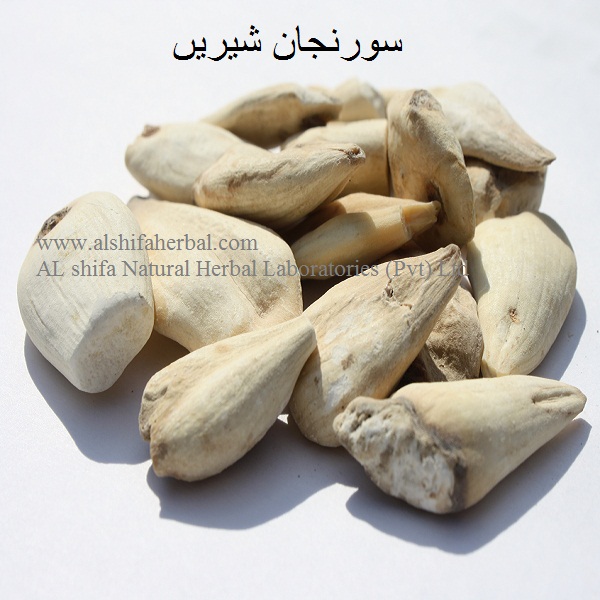
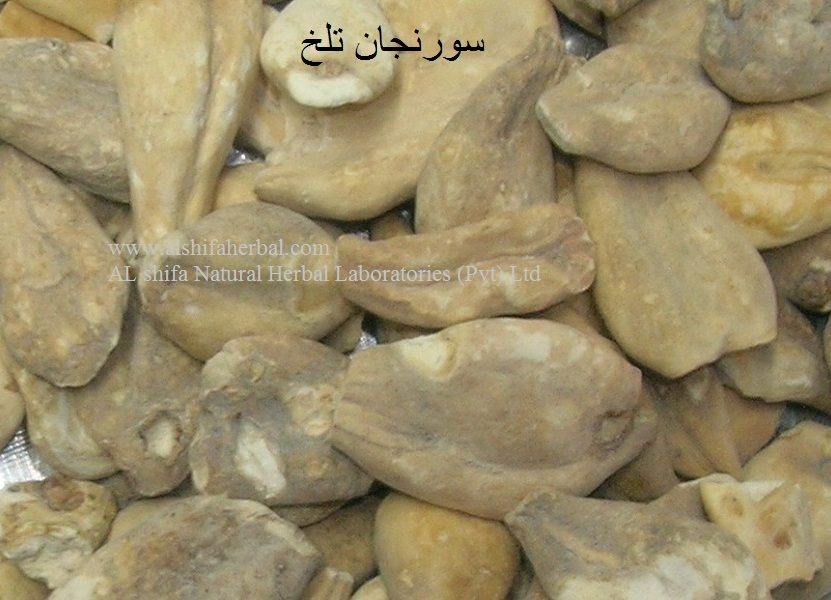
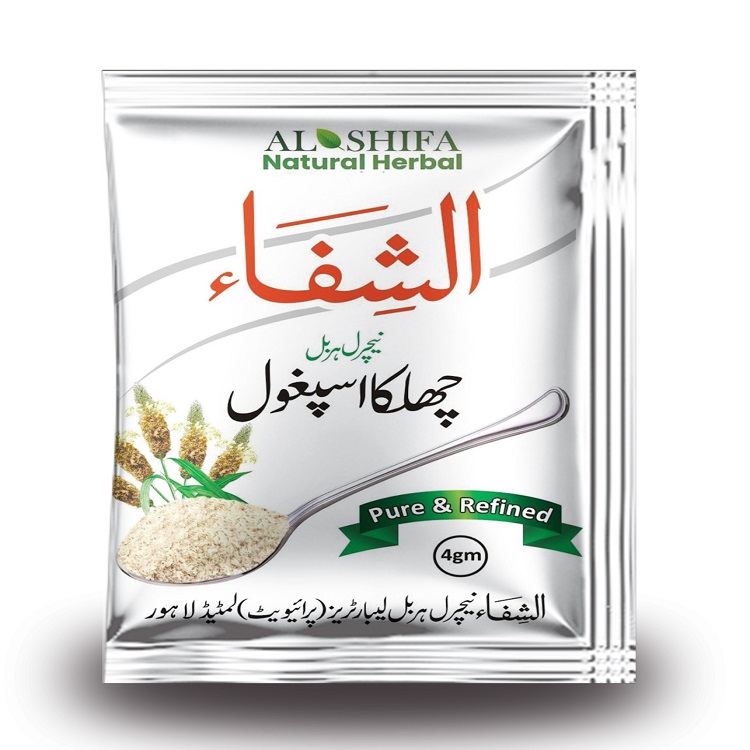



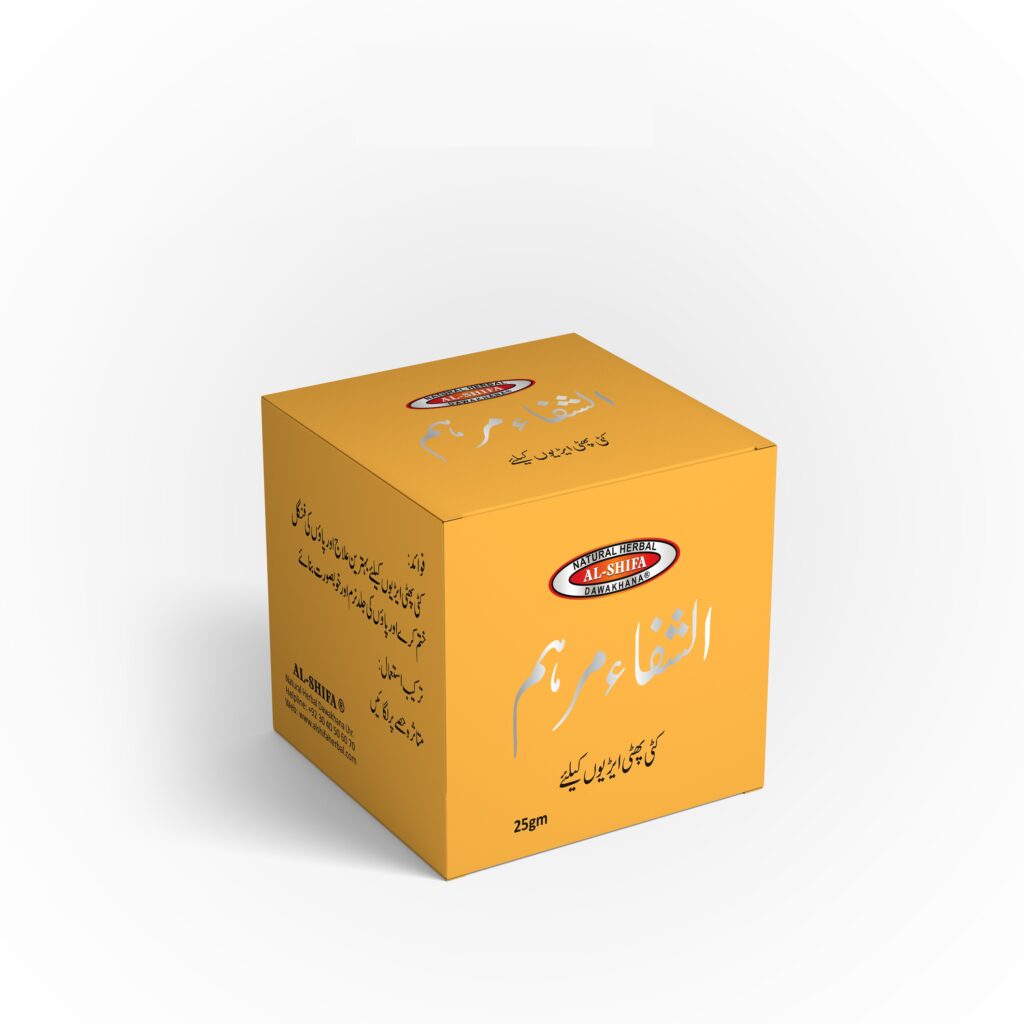
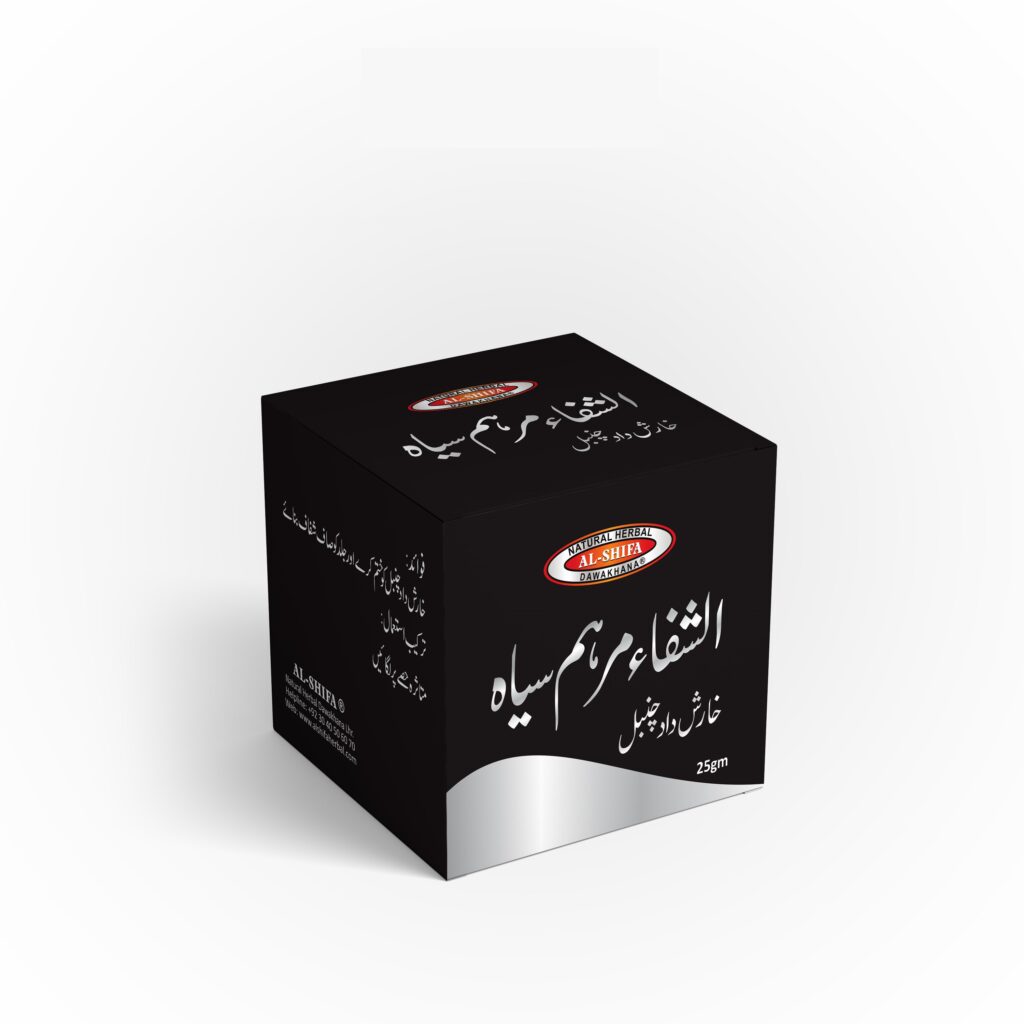
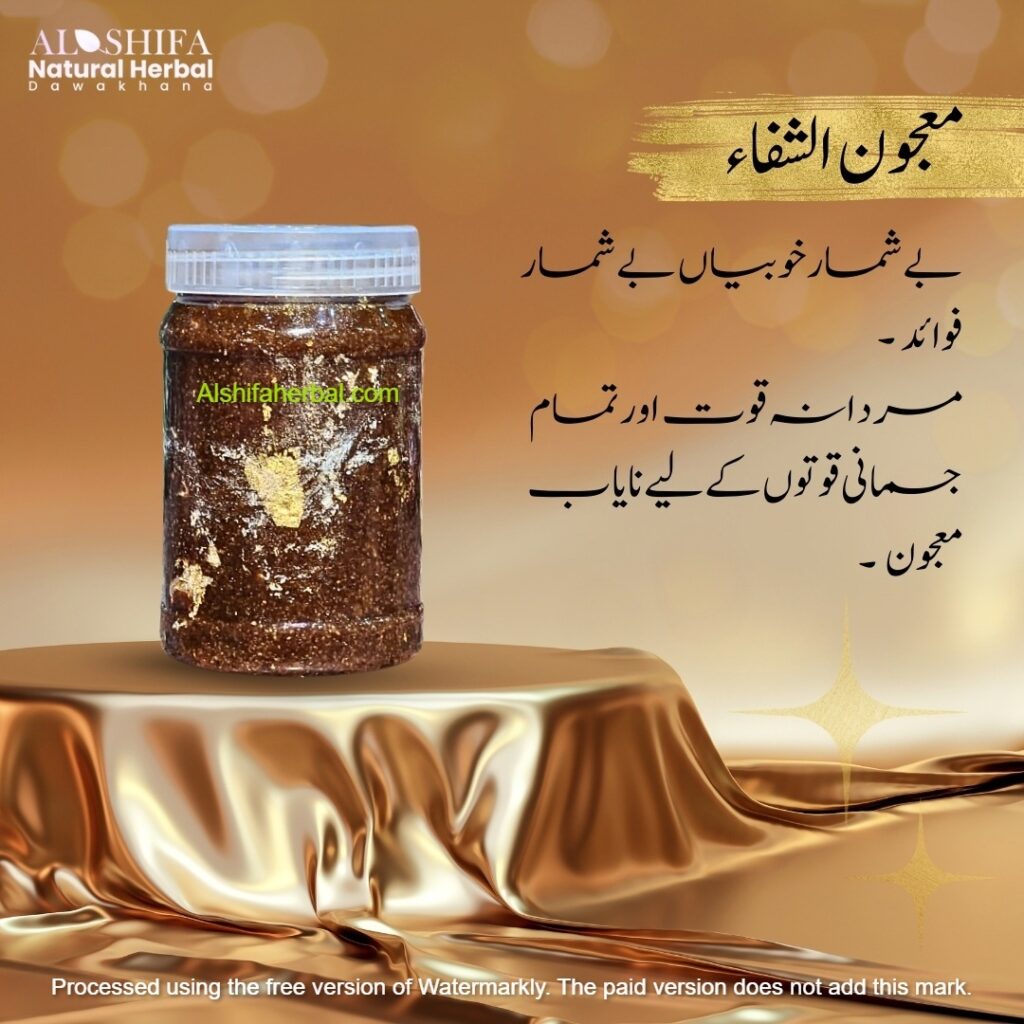
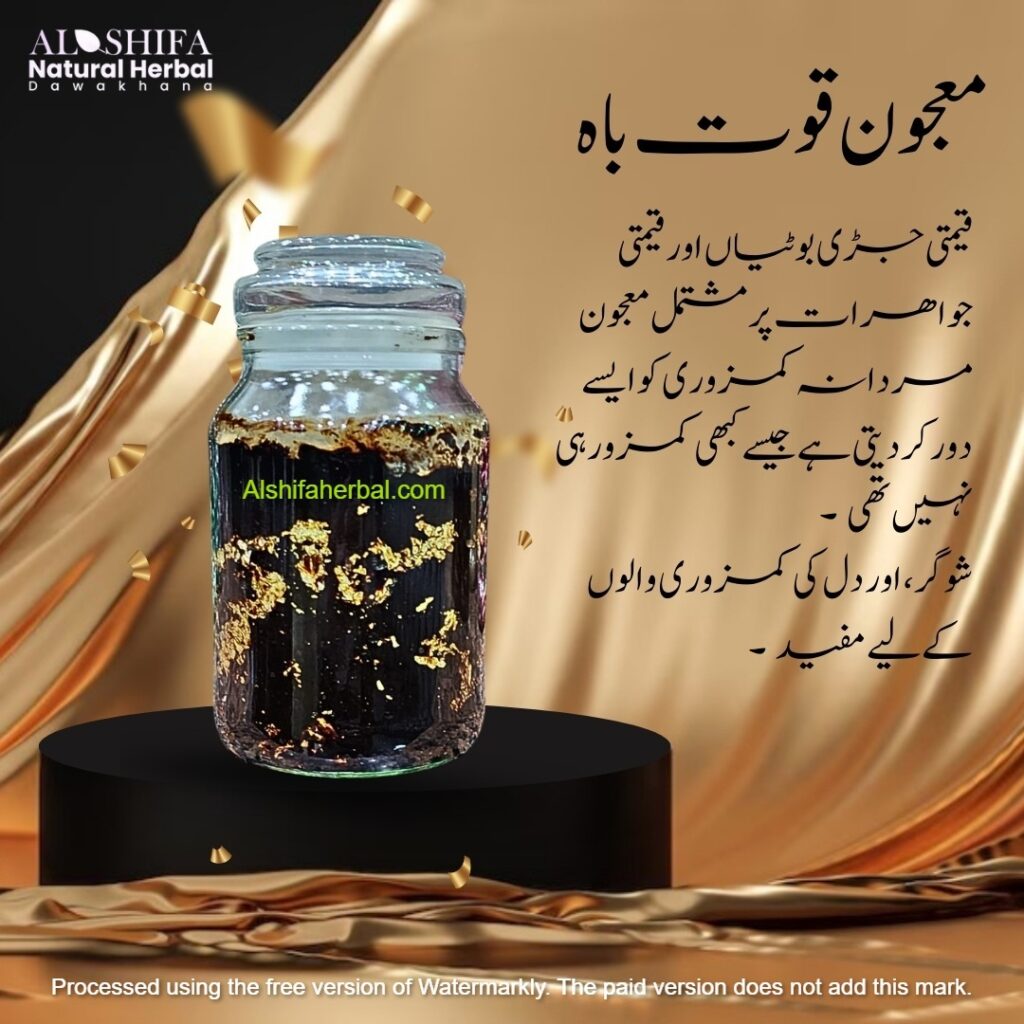
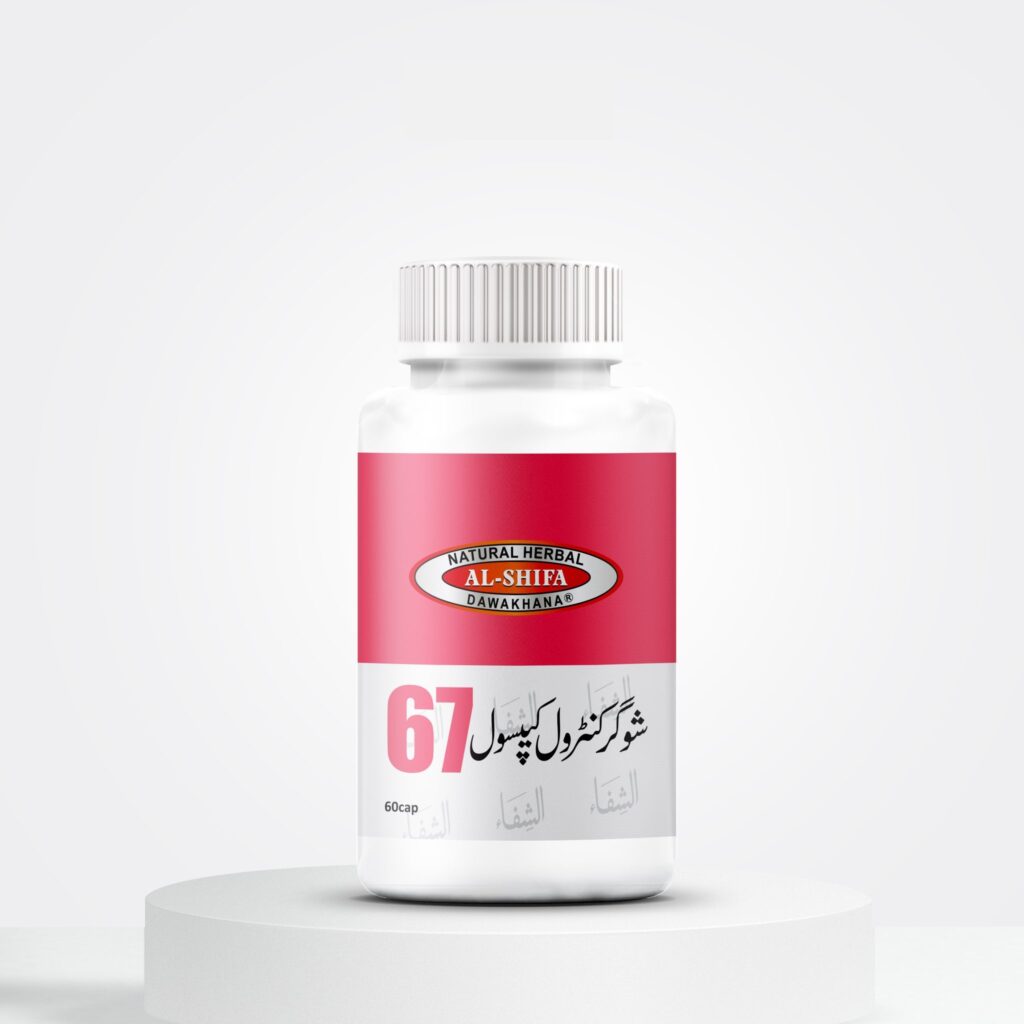


Reviews
There are no reviews yet.